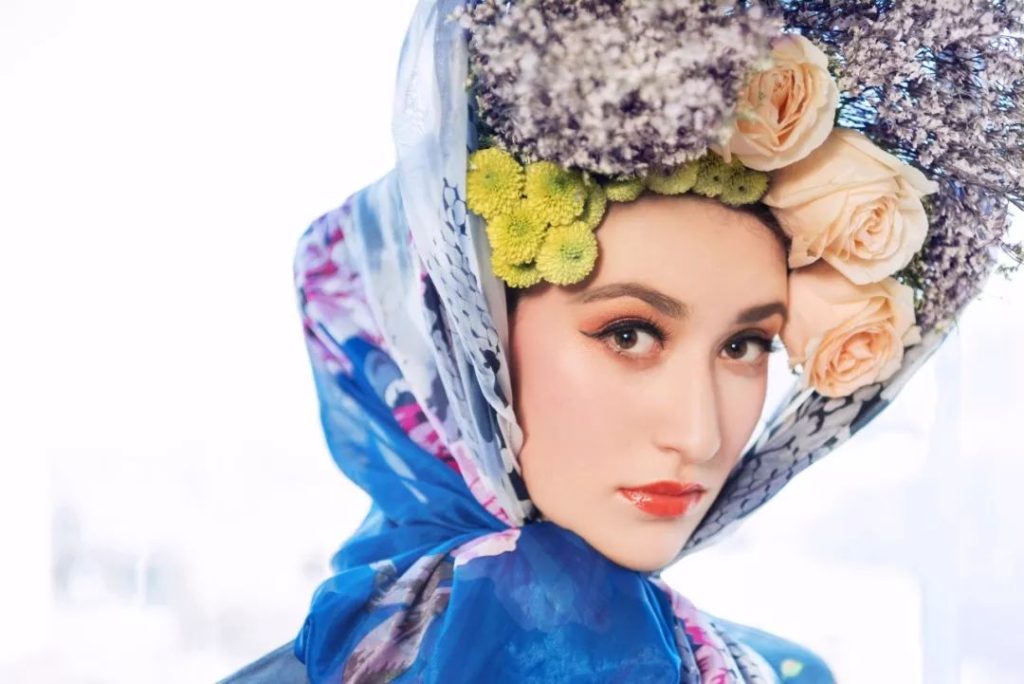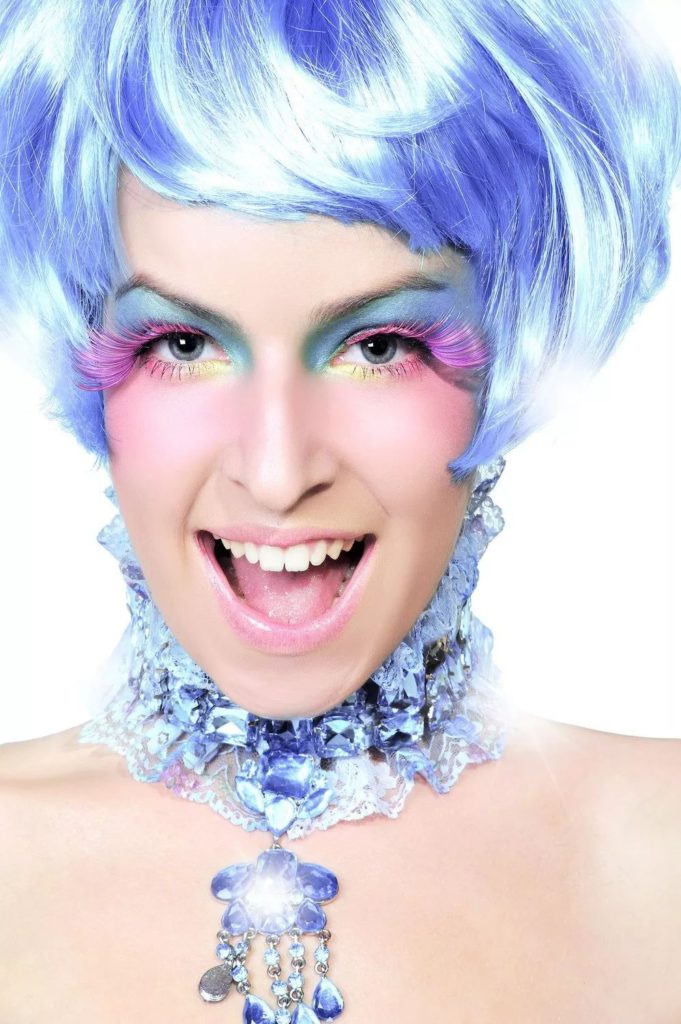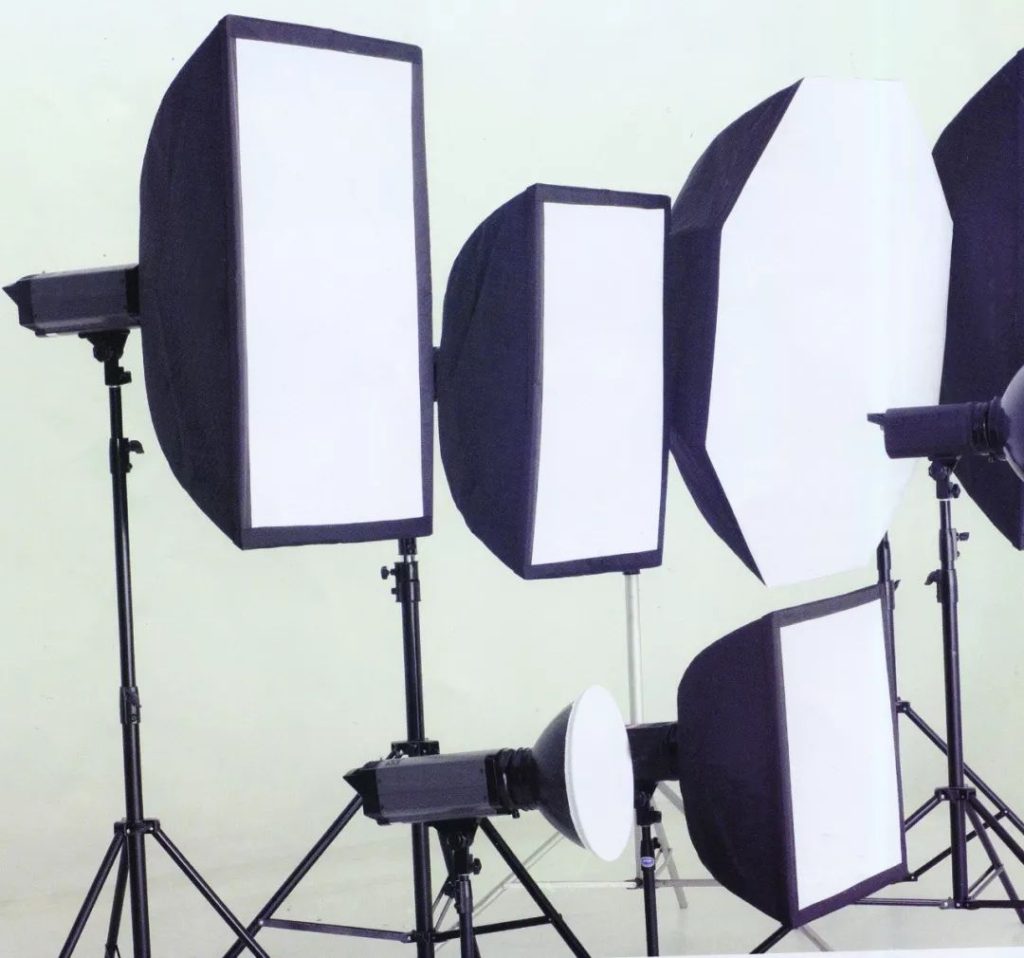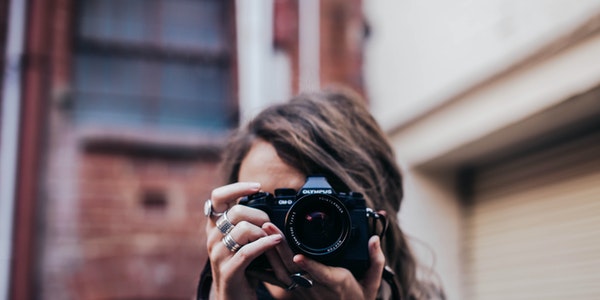Table of Contents
1. Flash recycling and fast continuous shooting
When photographers work, they often involve quick snapshots or continuous shooting, which makes the pictures easy and natural. Then, the old-fashioned studio lights in the past often failed to keep up and smoke. This is really annoying.
The flashlight flashes by the discharge of a capacitor. The recycle time is the time that the flash capacitor of the flashlight is discharged until the capacitor is fully charged and can work again. Then, for capturing-based shooting, the lamp must be recharged quickly and the output must be accurate.
At present, the better flashing lights adopt a voltage-stabilizing charging method that can be automatically controlled. This charging method has several advantages:
1) Charging is fast, all within 3 seconds. It is extremely convenient and effective for capturing the facial expressions at the moment.
2) When we charged it fully, the charging circuit will be automatically closed to protect the energy storage circuit.
3) Keep the flash energy at the rated value at all times to ensure that the brightness of each flash is exactly the same.
4) Even if the power supply voltage fluctuates within a certain range, the studio lamp can still maintain 100% output energy.
The flash recycling time is proportional to the flash energy. The greater the flash energy, the longer the recycling time. Therefore, we must select the appropriate light output energy when capturing.
2. The color temperature of the flash
In addition to the number of flashes and flash intensity, the most important factor that directly determines the tube of a flash is the color temperature. In order to calibrate the color temperature, a special coating process is usually customized for the lamp.
The normal color temperature of the studio flash is around 5600k. However, the color temperature of flashes produced by each manufacturer is not exactly the same. And there are individual differences even for products of the same brand. The use of soft light equipment and extended use of the year will cause the color temperature of the flash to decrease. If you are buying a set of lamps at the same time, you can measure whether their color temperatures are uniform if possible.
3. The impact of vibration on studio lights
We are shooting, in the process of moving and adjusting the studio flash, rough use and unscrupulous placement will cause damage to the studio light. The flash tube and analog light tube in work will be damaged due to vibration. So we should avoid vigorous vibration as much as possible in the actual shooting and lighting.
4. Capacitance of flashlight
The capacitor is the heart of the flash. There are three types of commonly used capacitors for flashing lights on the market: German capacitors, Japanese capacitors and Chinese capacitors. The first determinant of capacitance is discharge power. The larger the capacitor, the greater the power and the higher the price. In addition, the better the capacitor, the more fully discharged each time, the greater the actual power displayed. The second is the recycling time, a good capacitor will recharge quickly. Therefore, you must pay attention to the capacitor brand and performance of the lamp when choosing flashing lights.
5. Heat dissipation is the safety guarantee of studio lights
The heat dissipation function of studio lights is generally a key project in the design and manufacture of lamps. Studio lights generally have a high-temperature protection circuit cooling fan, built-in temperature protection circuit, built-in forced cooling system, etc. As we operate for a long time during shooting, the lamps will heat up. If the heat dissipation is not good, it will cause damage to the lamp. Therefore, the heat dissipation when choosing lamps and lanterns makes us the key point to be investigated.
6. Reflection can make the light soft
The industry divides the light quality of flash basically into hard light and soft light usually . Hard light is easier to show the three-dimensional shape of the subject due to the certain contrast between the light-receiving surface and the shadow surface. But the styling effect of the light appears harder.
So strong light is not very suitable for shooting beautiful portraits such as wedding dresses. Therefore, use reflection to soften harder lights. For example, the reflector reflects the flashlight back, also the ceiling reflects the light back, and so on. Such reflected lighting cannot form obvious light-receiving surface, shadow surface and projection, and the light effect is relatively delicate and soft. The lines and tones of the captured images are relatively soft and rich in layers.
7. Softbox for studio lights
It cannot be used alone and is an accessory of the flash. Photographers often mount the soft box on the flash, and the light that it emits is softer.
The soft box has various structures. The conventional soft box is rectangular, like a bucket with a sealed bottom. Due to some differences in function, there are also octagonal, umbrella-shaped, column-shaped, bar-shaped, honeycomb-shaped, quick-installed and other structures.
There are various specifications of different sizes, as small as 40 cm, as large as more than 2 meters. There is also an ultra-small softbox specially equipped with an external flash, only a few centimeters in size.
The soft box is detachable and foldable, which is convenient for packaging and shooting out after we fold it. Open and prop up when in use. Then install it in front of the studio light so that the light emitted by the studio light can be transmitted from the soft box.
8. When do lamps and lanterns use soft boxes?
The light of a flash without a soft box will be harder. Like clear direct sunlight, the contrast between light and darkness is obvious, and the three-dimensional effect is strong. Therefore, when the characters we want to shoot have a strong sense of personality, a strong sense of three-dimensionality, and a large light and shadow effect, we can remove the soft box and directly use the flash lighting of the studio light.
Another point is that when our lighting is far from the model, the light after soft light is weak, and the lighting intensity is not enough if the distance is too far. At this time, you can also consider removing the soft box and flash lighting directly.
(To Be Continued)
